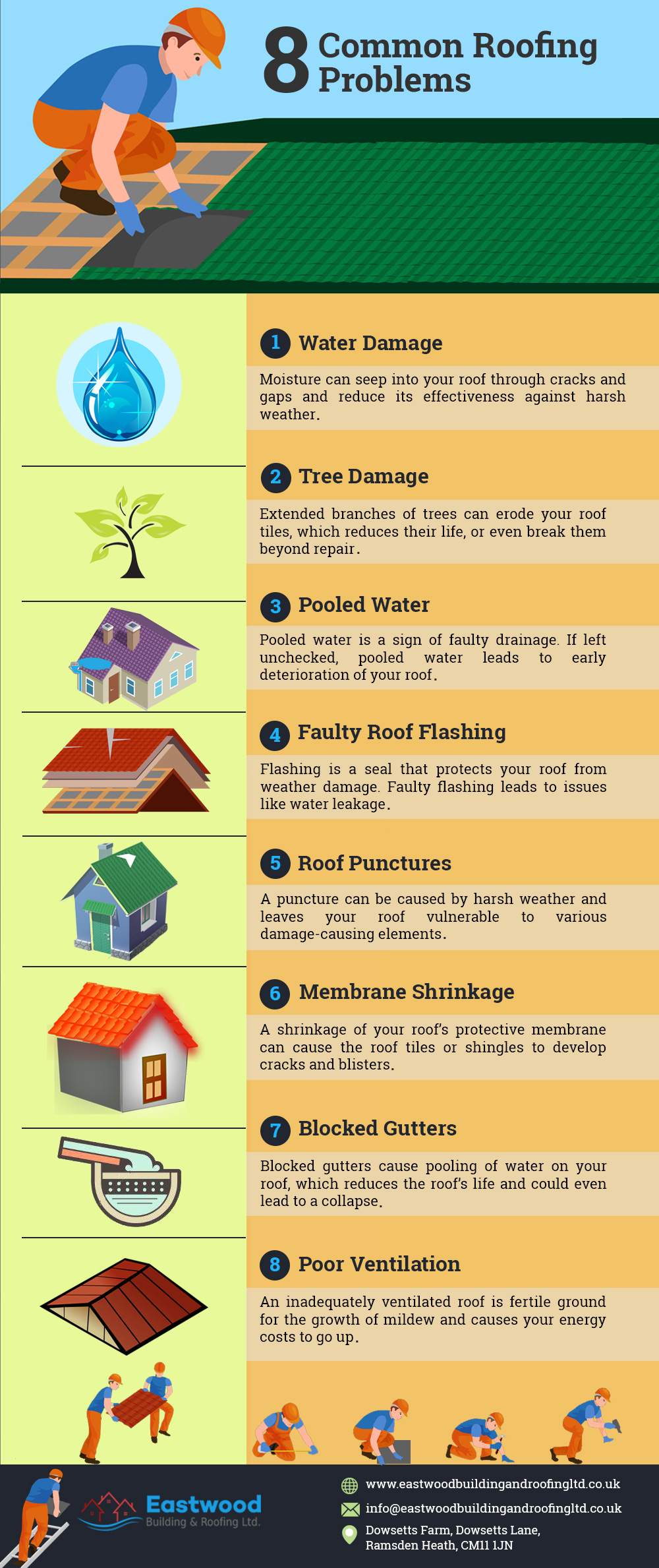Recognizing The Effect Of Climate Conditions On Photovoltaic Panel Performance: Key Realities To Think About
Recognizing The Effect Of Climate Conditions On Photovoltaic Panel Performance: Key Realities To Think About
Blog Article
Content By-Hooper Austin
When it involves photovoltaic panel performance, recognizing exactly how weather conditions come into play is essential. Picture this: your photovoltaic panels indulging in the sun's glow, soaking up energy to power your home. But what happens when solar module installation roll in or temperature levels vary? Exactly how does that effect your power manufacturing? By diving right into the intricate dance between weather and photovoltaic panels, you'll reveal crucial understandings that can help you take advantage of your renewable energy arrangement. Discover the nuances of sunshine strength, temperature level results, and the function of cloud cover and rains in enhancing your photovoltaic panel effectiveness.
Impact of Sunlight Intensity
In some cases, the strength of sunshine can considerably influence the performance of solar panels. When the sunlight is strong and direct, your photovoltaic panels produce more electrical energy. However, during over cast days or when the sun goes to a low angle, the panels receive much less sunshine, minimizing their performance. To optimize the power output of your solar panels, it's vital to install them in areas with enough sunlight direct exposure throughout the day. Think about aspects like shading from nearby trees or structures that could obstruct sunlight and lower the panels' efficiency.
To straight from the source of your photovoltaic panels, routinely tidy them to get rid of any kind of dirt, dirt, or particles that might be obstructing sunlight absorption. Additionally, ensure that your panels are tilted properly to get the most direct sunshine possible.
Influence of Temperature Adjustments
When temperature level changes take place, they can have a substantial effect on the performance of solar panels. Photovoltaic panel function ideal in cooler temperature levels, making them more efficient on light days compared to extremely hot ones. As the temperature level increases, photovoltaic panels can experience a decline in efficiency because of a phenomenon referred to as the temperature level coefficient. This effect triggers a reduction in voltage outcome, eventually influencing the general power production of the panels.
Alternatively, when temperature levels drop too low, photovoltaic panels can also be affected. Very cold temperature levels can lead to a decline in conductivity within the panels, making them less efficient in generating power. This is why it's essential to take into consideration the temperature level problems when installing photovoltaic panels to optimize their performance.
Function of Cloud Cover and Rainfall
Cloud cover and rainfall can significantly impact the efficiency of photovoltaic panels. When clouds block the sun, the amount of sunlight reaching your solar panels is lowered, causing a reduction in power production. Rainfall can additionally affect photovoltaic panel effectiveness by blocking sunlight and developing a layer of dust or crud on the panels, better reducing their capability to produce electrical energy. Even light rain can spread sunshine, creating it to be less concentrated on the panels.
Throughout cloudy days with hefty cloud cover, solar panels may experience a significant decrease in energy result. However, it's worth keeping in mind that some contemporary solar panel modern technologies can still generate electrical power also when the sky is over cast. Additionally, rain can have a cleaning impact on photovoltaic panels, removing dirt and dirt that might have accumulated in time.
To take full advantage of the performance of your solar panels, it's important to consider the effect of cloud cover and rainfall on power production and guarantee that your panels are correctly kept to endure differing climate condition.
Final thought
To conclude, weather condition plays a substantial role in the performance of your solar panels. Making the most of sunlight direct exposure, managing temperature changes, and checking cloud cover and rains are vital factors to consider for optimum power generation. Normal maintenance, such as cleansing panels, is essential for preserving peak performance. By recognizing just how weather affects your photovoltaic panel effectiveness, you can make enlightened decisions to take full advantage of power output and financial savings.
